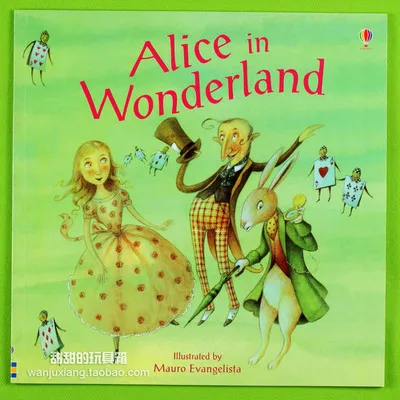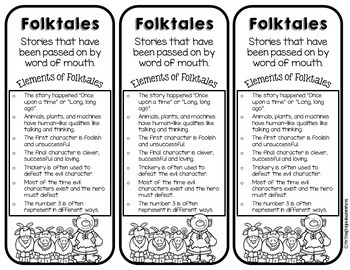

The youngest of three succeeds where elder siblings fail (for example, “Cinderella,” “The Golden Goose,” and “Beauty and the Beast”). The least privileged children rise above their elders in many fairy tales. Many of the classic tales empower youth in a number of ways. What is it about classic fairy tales that captivates so many children? Empowering Children No matter how few books children know, they are often familiar with fairy tales such as “Cinderella,” “Jack and the Beanstalk,” and “The Sleeping Beauty.” Although these tales can appeal to people of all ages, they particularly resonate with the young.

Many fairy tales have survived hundreds of years and are as popular today as they were in older societies. During the nineteenth century, famous fairy tale authors such as Jacob and Wilhelm Grimm, Hans Christian Andersen, and Joseph Jacobs continued writing down oral tales. In the sixteenth and seventeenth centuries, Giovanni Francesco Straparola, Giambattista Basile, and Charles Perrault published some of the first collections of fairy tales in the Western tradition. They began as oral tales for all listeners, passed down by word of mouth from one generation to the next. “Originally told at fireside gatherings or in spinning circles by adults to adult audiences,” as Maria Tatar points out, “fairy tales joined the canon of children’s literature (which is itself of recent vintage) only in the last two to three centuries.” 1 She is author of The Art of Place in Literature for Children and Young Adults: How Locale Shapes a Story (2010) and The House as Setting, Symbol and Structural Motif in Children’s Literature (2004).Īuthor’s note: All illustrations taken from books in the public domain.įairy tales were not initially intended for children. Pauline Dewan is a reference librarian for Wilfrid Laurier University in Brantford, Ontario.


 0 kommentar(er)
0 kommentar(er)
